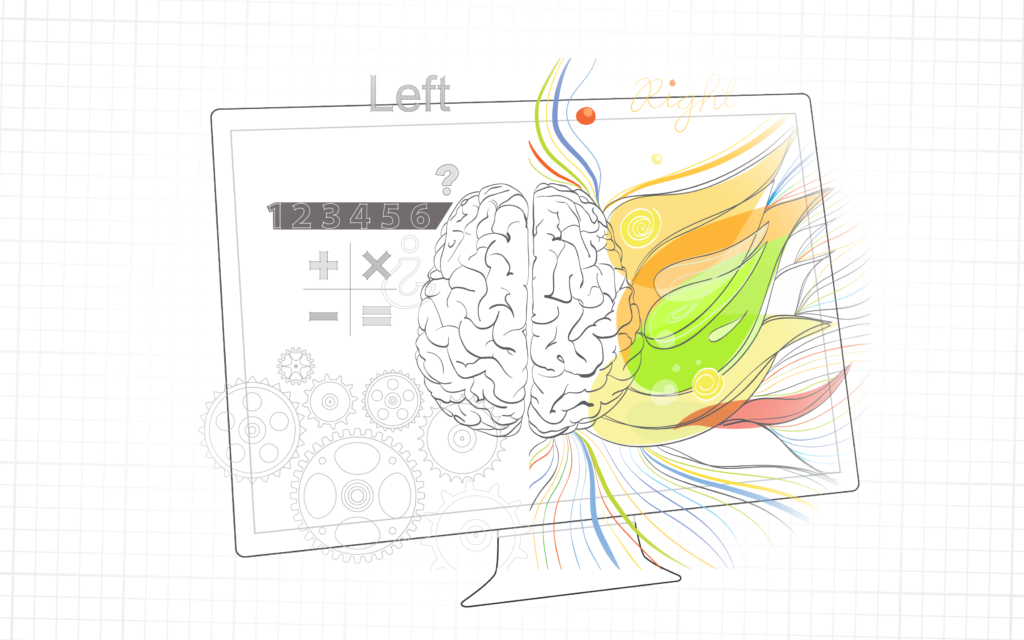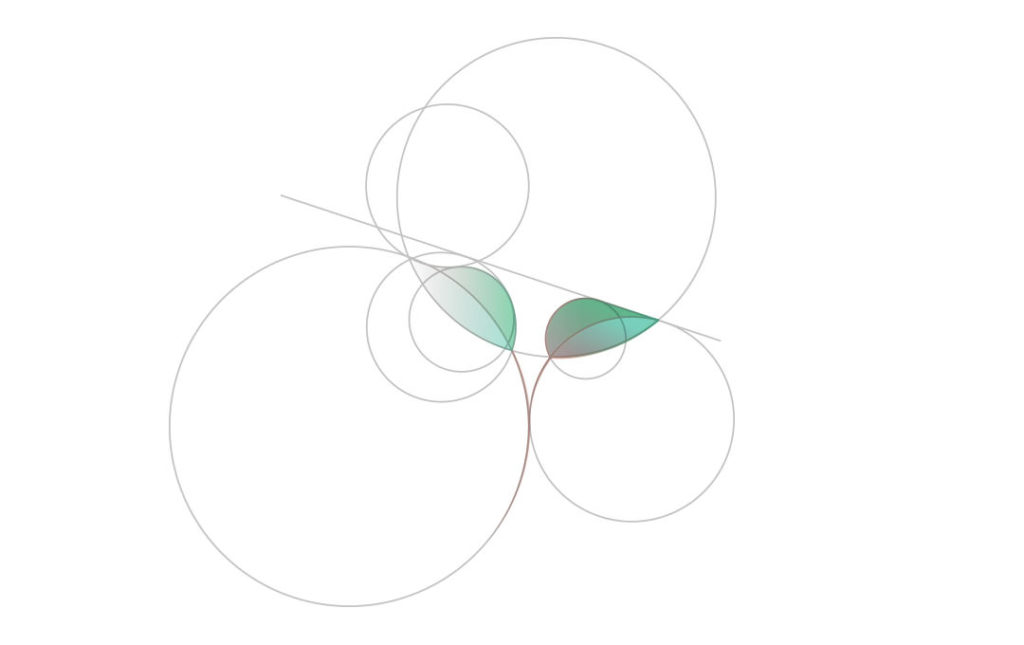Article
UI/UX Principle #30: Analyze Feedback to Design for Root Problems

User feedback, gathered through research and testing, is incredibly helpful in the design process.
We should take it seriously. But how we use and analyze it in terms of the big picture is up for discussion.
Users are generally not UX Designers. But as testers, their insights can help hone in on the perfect design solution.
During testing they might give a recommendation or complain about an issue. This is valuable information. But don’t misinterpret subjective feedback as an absolute. We shouldn’t implement every change that is suggested – users don’t necessarily understand the overarching strategy, the business constraints, and the technological requirements of the project.
The dangers of following every recommendation are:
- Everyone has different tastes, preferences, and needs
- Not everyone understands the product strategy
- A recommendation might be better solved with a more elegant, complex solution that solves multiple problems in one fell swoop
- The surface recommendation may just be another option to test or consider, not to implement
- There is strategy involved in product design (see The Strategy of Starting with Less).

The core purpose in soliciting and analyzing feedback is to uncover root problems. Once that data is gathered, you can determine how to best fix the problems, rather than creating a long to-do list of recommendations based on individual user preferences. After all, designing for every use case would likely create an excessively complicated product.
To understand what the root problems or needs really are, we often need to go a layer deeper. We need to ask deeper questions and look for telling patterns.
Here are some examples where “the ask” might not be best for your product or product strategy…
The key point is that user recommendations, asks, and suggestions are important – that’s why we solicit feedback. However, the data isn’t always a justification for changing the product.
Consider the following:
- A user may want more features….
- …but the best strategy might be simplification of core functionality and integration with 3rd party apps for more functionality
- …but it may serve 5% of the user base and annoy 95% of the user base
- …but the best strategy might be to release new functionality slowly
- A user may struggle with finding some information and suggest having more navigation options to browse…
- …but the the solution might be to add a prominent search bar
- A new user may struggle to understand how the product works and have suggestions for improvement…
- …but the solution might simply be a better onboarding process because the app functionality is needed for the majority of users
- A user might struggle with the workflow in your 7 step process and suggest some changes in the UI…
- …but the best solution might be simplifying it 3 steps with some optional elements
- A user may have trouble getting through your password requirements (e.g. in a bank) and want to have less security…
- …but the solution might be more password instructions and real time feedback as they are creating the password
On usability.gov, Bob Bailey writes “Users are most useful in helping to define a system [ . . . ] Users are much less valuable in helping to design the system.”
The feedback users give is essential data in defining how a system can alleviate their pain points and help them accomplish their goals. But it doesn’t always make practical sense to use it a justification to change the product drastically.
Analyze user feedback for the root problems underlying the suggestions or recommendations
In user-centered design, we should be obviously be designing with the end user in mind and paying attention to their feedback. However, asking for feedback will generate a lot of opinions that may not work for all users. So what do we do with this feedback? User feedback should be analyzed critically by designers to search for the root problems, not the surface level issues.
Sean Van Tyne writes “Users are not [necessarily] designers. You can ask them what they want but they can only give you insight into the incremental improvement that they are concerned with their immediate needs. They do not have your aggregated insight that you have across your customers and new technologies.”
That’s why designers are essential! We analyze “aggregated insight” and design–looking for patterns beyond the “immediate needs” of one user, solving larger problems that have broad implications for a product’s success.
User recommendations might not tie to good design and best practices
It’s important to consider that users don’t always know what they need. They might have preferences, but preferences and opinions don’t always lead to good design. Users might have a strong understanding of aesthetics and technology, but they may lack an understanding of the design principles, practices, and processes that guide what we create.
In A User In Total Control is a Designer’s Nightmare, Matej Latin writes “[Many] ordinary users, just like designers, recognize beauty and know what’s right and not right. This is not where the problem of handing over creative control arises. The problem is that they don’t know the principles that designers do. There’s nothing to guide them to create something both functional and beautiful.”
If users have used great products, which they likely have, they understand what feels right. If users have seen products that look aesthetically amazing, they probably understand what looks appealing. But there’s a difference between understanding what looks right and feels right and understanding the functional, user, and business requirements for creating a successful product. For example, many users may suggest that a product be free, but that can easily lead to a strategy where the product has more risk in dying.
As UX professionals, we understand the constraints. And for this reason, it’s important to maintain creative leadership while analyzing user feedback to inform the design process.
How to dissect and analyze feedback to uncover what users need, not exactly what they say
When working with users, analyze their feedback with deeper questioning and thought.
- Ask “Why?” – probe deeper. Why they are proposing that specific solution?
- Ask “What?” – what is the underlying problem they are experiencing?
- Ask “How?” – how, specifically, is the product frustrating them? and what steps are they following to get there?
Analyze this information and identify common patterns. For example, 10 users with the same recommendation or problem is a serious sign whereas one user with an issue is a clue.
Consider how the identified problems are tied to other problems. There often can be a more elegant and sometimes broader solution than just a superficially or cosmetic one.
“Aren’t we supposed to build things that delight users and help them reach their goals?” asks Michael Sueoka in Don’t Design What Users Want. “Sure, but that doesn’t mean you need to build exactly what they ask for. Too many product designers are in the pattern of simply taking user feedback and implementing it immediately with limited research, questioning, or thought. It’s like when a kid wants candy for lunch, but their parents insist on a healthier meal because that’s what the kid needs.”
User feedback is only one piece of the design puzzle. And at the end of the day, you should know that there is an answer to someone’s feedback. That answer might be a different solution that solves a core problem. It might be that you will implement the feedback later on. Or it might be that you decide not to do something at all because it doesn’t fit your strategy and, in the end, it won’t serve the end user. Bottom line, take user feedback seriously and analyze it for common root problems to solve for in your design process.









